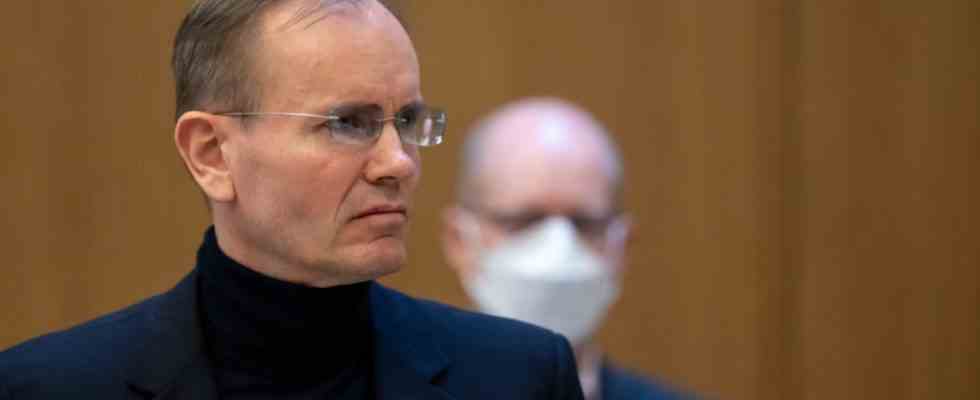He has to smile for a moment. Previously, Daniel S., who was called as a witness for the second time in the largest economic trial of the decade to date, answered quite monotonously. Wirecard’s ex-compliance boss sits in front of judge Markus Födisch with his hands folded and asks his questions. Födisch just asked him who could have told him anything about the third-party business. “Nobody,” S. replies and smiles, probably because the situation must have been so absurd.
As a quick reminder: the so-called third-party business officially contributed a large part to Wirecard’s sales. Local companies were to process payments for retailers in countries where the group had no licenses or whose business model Wirecard was too risky on behalf of and through Wirecard. In June 2020, the Aschheimer group collapsed because alleged assets of 1.9 billion euros in Asia turned out to be non-existent. The third-party business plays a central role here, because according to the public prosecutor’s office and the insolvency administrator, it is said to have been completely invented.
None of the 600 employees knew about the business
During the preliminary insolvency proceedings, S. went looking for someone who could tell him something about the third-party business. According to S., none of the 600 employees the company had at the time was able to do this. That’s why he speaks today of an “alleged” volume of 50 billion euros that this line of business is said to have had. In his survey, one argument follows another as to why the third-party business should have existed, at least for the most part, only on paper: for example, that after the collapse of the group, none of the potential dealers reported and wanted to know how things were going. The service email address was forwarded separately by Wirecard, S. would have had access to it.
He also tells how he randomly sent alleged transfers to Visa and Mastercard to have them checked. However, the credit card companies could not have traced these transactions in their systems. That’s what three representatives of the two companies that the court had summoned said the day before.
Reprimands to the auditors
EY’s auditors, who a record fine threatened, S. alleges that they allowed themselves to be chatted up during the Wirecard audit. When there were already considerable doubts about Wirecard’s business model, the auditors wanted to ask some dealers from the third-party business. “But it was not intended for a third party to approach the dealers,” says S. That’s why Wirecard set up its own email address for making contact and even provided an extra computer for it. The dealers were already nervous if the measures had been justified – EY had agreed with the procedure. Later, Wirecard would have required the auditors to use an in-house prepaid card for the test purchases requested by EY – and EY would have bowed to the requirement again. This is how Wirecard was able to easily manipulate transactions, according to S.
Only after two hours of questioning does the former compliance chief come to ex-Wirecard boss Markus Braun. He appeased a lot until shortly before the end. As final proof of the existence of the third-party business, Markus Braun had ordered a test transfer of 440 million euros from the escrow accounts, which, however, did not materialize.
A few weeks earlier, S. should have flown to Manila and checked one of the escrow accounts. He didn’t understand why he had to be there for that. He suspected Wirecard could be part of a scam and was afraid: “I didn’t want to end up in a ditch,” he says. So he stayed in Germany.

